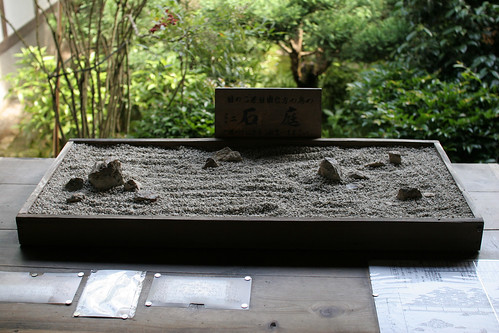"Wabi-sabi is the most conspicuous and characteristic feature of traditional Japanese beauty and it occupies roughly the same position in the Japanese pantheon of aesthetic values as do the Greek ideals of beauty and perfection in the West," says Wikipedia.
"If an object or expression can bring about, within us, a sense of serene melancholy and a spiritual longing, then that object could be said to be wabi-sabi."[2]
"Wabi-sabi nurtures all that is authentic by acknowledging three simple realities: nothing lasts, nothing is finished, and nothing is perfect."[3]
Wabi now connotes rustic simplicity, freshness or quietness, and can be applied to both natural and human-made objects, or understated elegance. It can also refer to quirks and anomalies arising from the process of construction, which add uniqueness and elegance to the object.
Sabi is beauty or serenity that comes with age, when the life of the object and its impermanence are evidenced in its patina and wear, or in any visible repairs.
skip to main |
skip to sidebar
For students and parents who love education and exploration of the social sciences . . .
Search This Blog
Followers
Blog Archive
-
▼
2013
(99)
-
▼
May
(15)
- Semester geography exam review, May, 2013
- Semester exam schedule, Caddo Magnet HS, 5/20 - 5/...
- Japanese aesthetic: wabi and sabi
- Essay on making Japanese raku tea bowls
- Exam review of Coates Bluff nature Trail material
- Made in China by Foxconn: Kindles, Playstations, W...
- The ancient Silk Road and China
- A guide to the Mandarin Chinese movie, "Not One Less"
- Chinese manufacturing advancing rapidly: Geely's G...
- Mon, May 13: China reports via video
- Robert "Weiwei" Trudeau: adding a Chinese name in ...
- Your future: trends in petrochemicals and in clean...
- Tsunami / Earthquake and Nuclear Power Plant Meltd...
- Background on the Fukushima Nuclear Meltdown
- Semester exam study guide in world geography: 50 m...
-
▼
May
(15)

